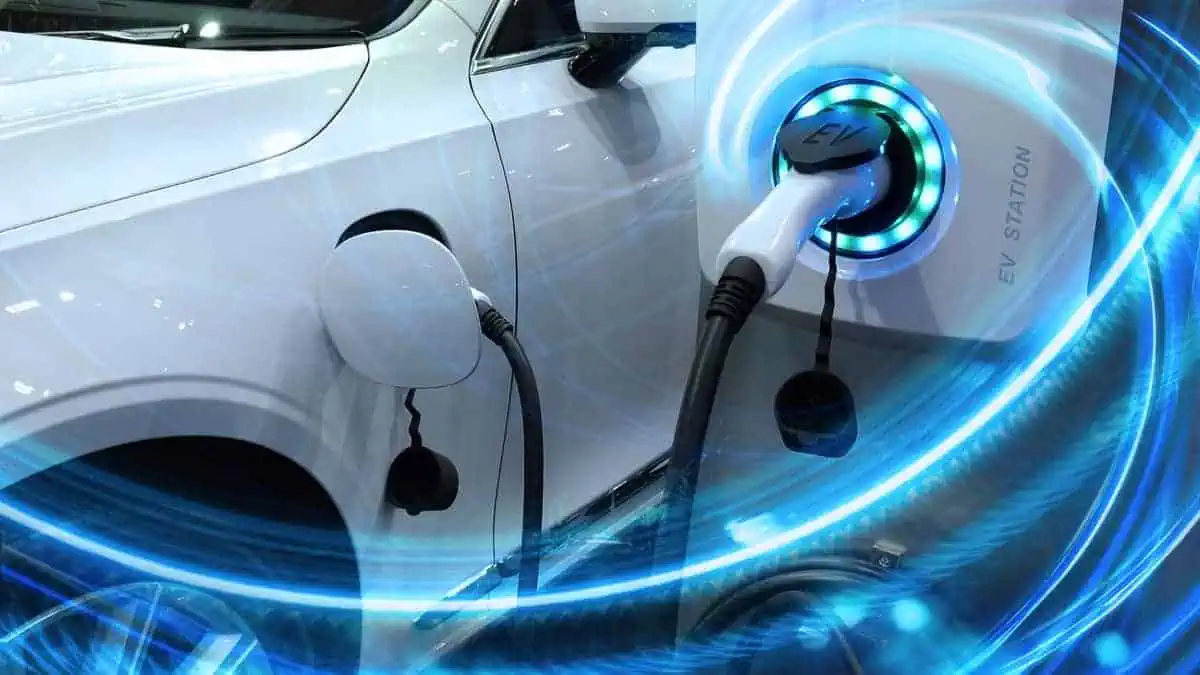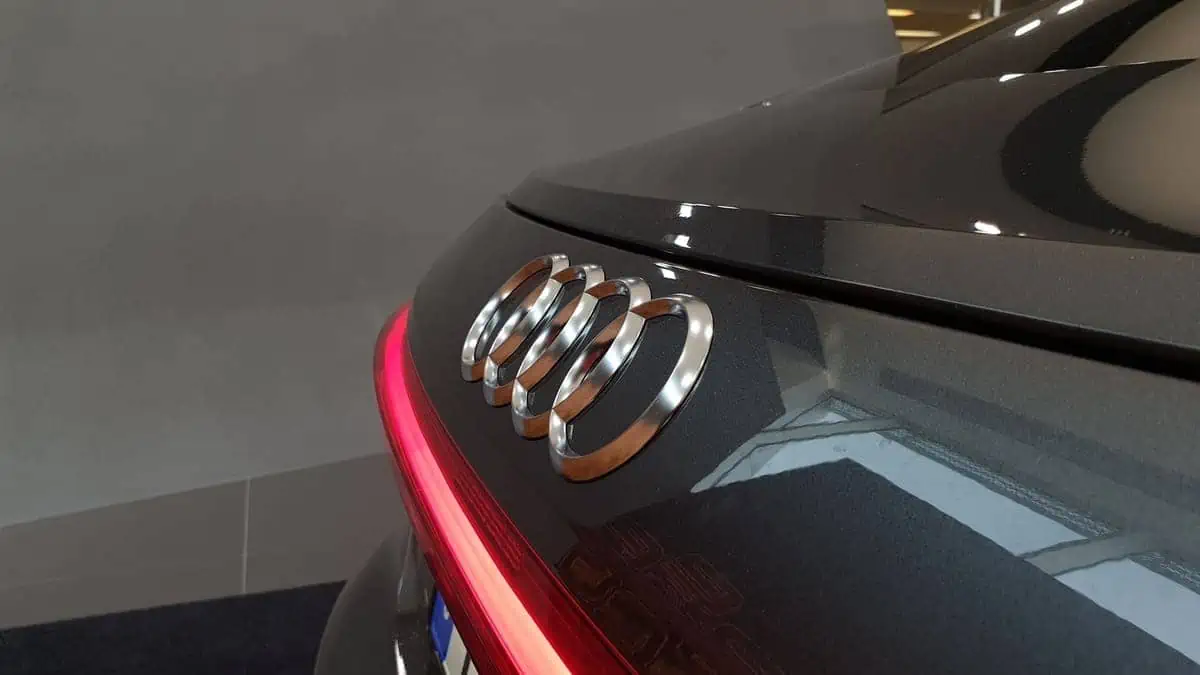The University of Nebraska-Lincoln’s Midwest Roadside Safety Facility recently launched its “first-of-its-kind” crash test using an electric pickup truck. According to the public university’s news release, the test seeks to determine the durability of current guardrails amid the growing number of electric vehicles on the roadways.
Crash test details
The research center conducted the electric truck crash test using a 2022 Rivian R1T on October 12, 2023. Notably, the US Army Engineer Research and Development Center (ERDC) sponsored this initiative.
The 7,000-plus-pound Rivian R1T cruised at 60 mph. Unsurprisingly, it tore through the guardrail with minimal speed reduction. In hindsight, a different crash test in September employed a 2018 Tesla Model 3, which easily lifted the guardrail and drove below it.
The guardrail system used in the test had a 12-gauge corrugated steel guardrail integrated to 6-inch deep steel posts. It is attached to the rail using blockouts that are 8 to 12 inches thick. Meanwhile, the top of the rail is apparently 31 inches above the road.
The research center designed the Midwest Guardrail System or MGS as a low-cost, strong barrier to address the barrier ruptures and rollovers reported with the older guardrail systems. It underwent multiple crash tests with up to 2,400 pounds of small cars and 5,000-pound pickups. However, the organization has yet to launch more tests to determine its capacity to withstand EV crashes, which are usually 20%-50% heavier than gas-powered.
Purpose
As mentioned, the Nebraska facility seeks to determine the capacity of current guardrails to withstand potential electric vehicle crashes amid the US’ shift to these battery-equipped automobiles. It also aims to ensure the sufficiency of the US military protection measures against hostile vehicles.
“The US Army Corps of Engineers mission is to deliver vital engineering solutions, in collaboration with our partners, to secure our nation, energize our economy and reduce disaster risk. It is critical to conduct these EV baseline comparison tests to understand any potential risks to our nation.”
Genevieve Pezzola, a research civil engineer at the US Army Engineer Research and Development Center
It is apparently crucial as thousands of deaths occur annually from over 100,000 run-off-road crashes, which involve traffic infrastructures like roadside barriers.
“There is some urgency to address this issue. As the percentage of EVs on the road increases, the proportion of run-off-road crashes involving EVs will increase, as well.”
Cody Stolle, assistant director of the Midwest Roadside Safety Facility
What’s next?
The UNL research organization plans to conduct more crash tests on electric vehicles. Then, transportation officials, defense experts, and Midwest Roadside Safety Facility researchers pledged to team up to strategize to ensure the structures would support the imminent changes in America’s vehicle fleet.
“This work is the first necessary step toward ensuring that our nation’s protection measures, such as roadside barrier systems and barriers to protect against hostile vehicles, are adapting to accommodate for the changing composition of the vehicle fleet.”
Genevieve Pezzola, a research civil engineer at the US Army Engineer Research and Development Center
This test will enable the Midwest Roadside Safety Facility to develop stronger roadside barriers to accommodate the growing number of EVs in the US. It will also aid the US Army Engineer Research and Development Center’s efforts through tests, simulations, and designs.
You can watch the crash tests on the 2022 Rivian R1T truck below:






